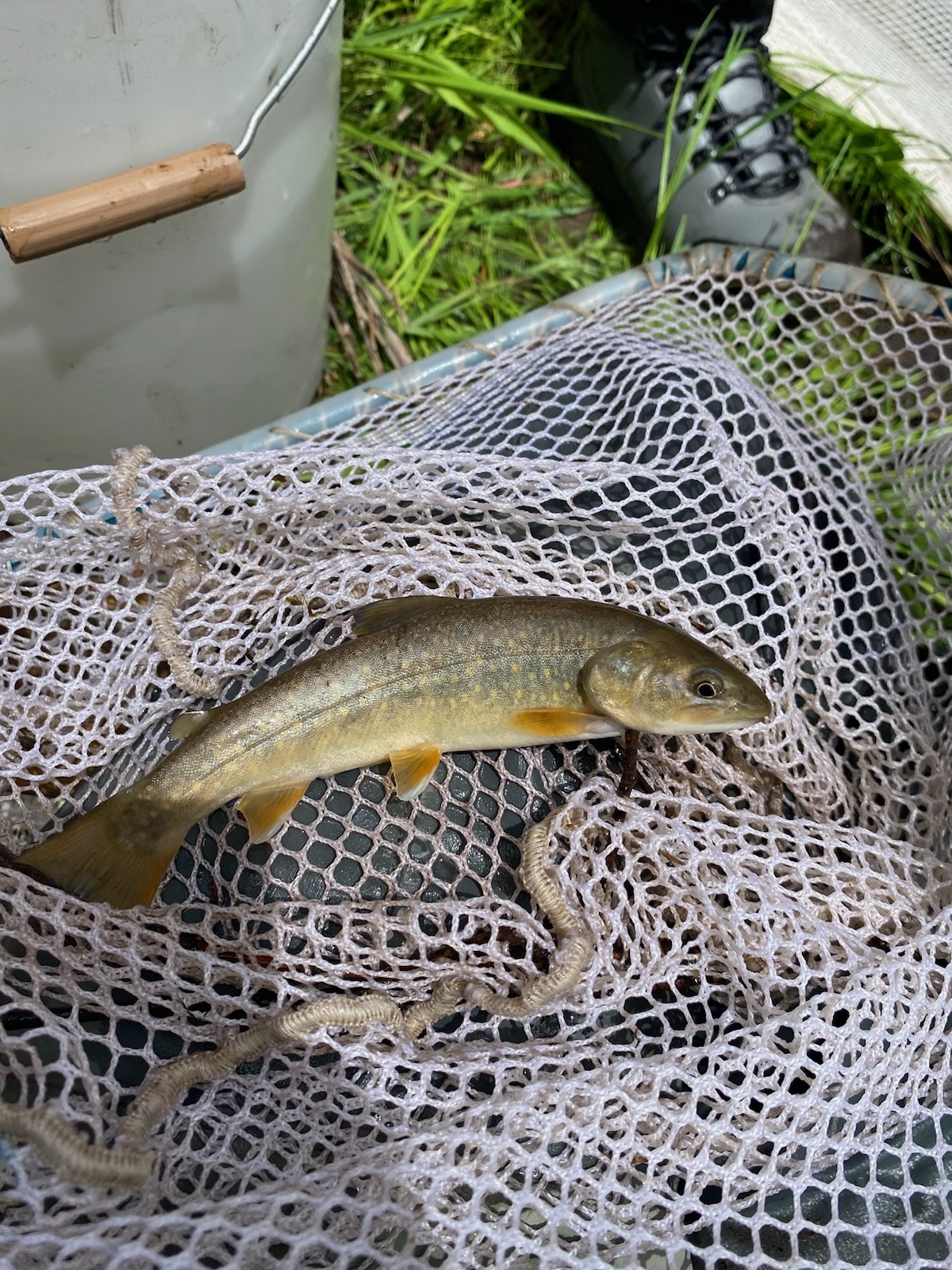I spent the first month of my internship doing a lot of floating around the Klamath Falls USFWS office. We had the opportunity to be a part of a few different projects and gain diversified experience, as well as meet so many great mentors throughout the field.
We started out with the hatchery team, working with Lost River suckers and Shortnose suckers. These species are a key focus throughout the basin, as they have become endangered by water quality issues throughout their small range. We got the chance to be a part of larval collection from the Williamson River, as well as learn the ropes of taking care of the fish being raised by the hatchery over the course of my first 3 weeks. This included feeding, water quality testing, water treatments, hatchery upkeep, hormone injections and so much more!
During the next week, we got to work closely with our mentor on his bull trout projects. This involved monitoring for population size within the existing population range and removing invasive brook trout in a potential range. The populations of bull trout in Oregon were already existing in very narrow ranges and few were in a good position, but the recent Bootleg Fire created a larger problem sweeping through a few of those key ranges. Due to these populations being isolated from others they have become genetically distinct and can not be helped through outsourcing to populations outside of the basin.

We also have had the opportunity to be a part of a Canadian goose banding project, taking data on the populations within this flyway. This was an adventure because I am terrified of birds, but great exposure therapy! As well as help with a population survey of Applegate’s Milkvetch, an endangered species of pea plant, only endemic to the Klamath Basin and currently suffering due to drought conditions.

